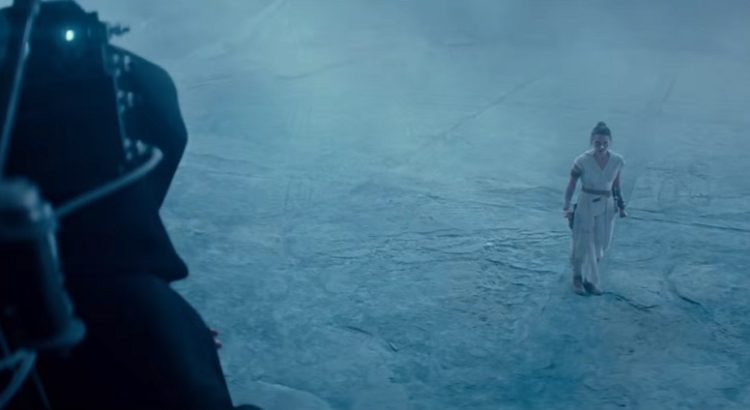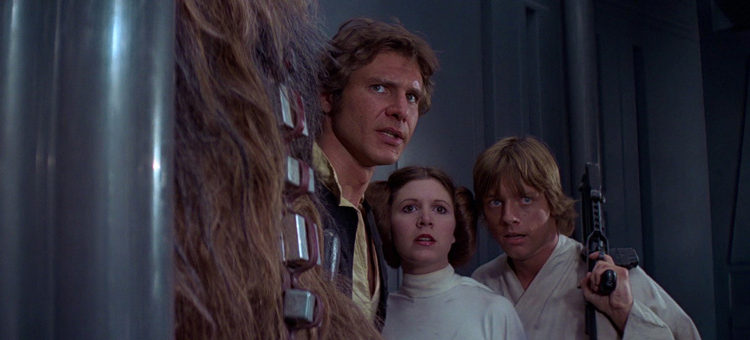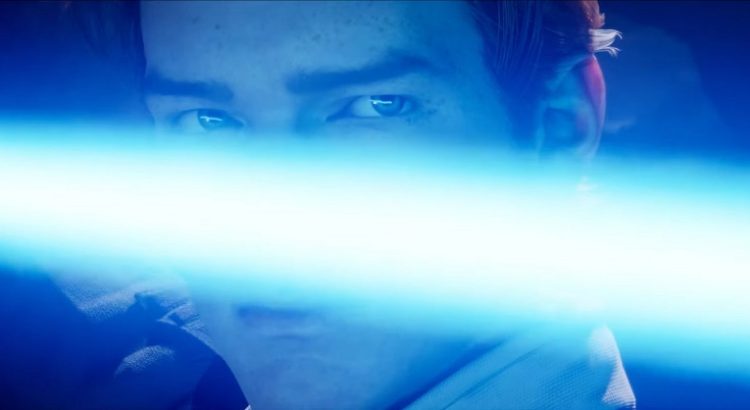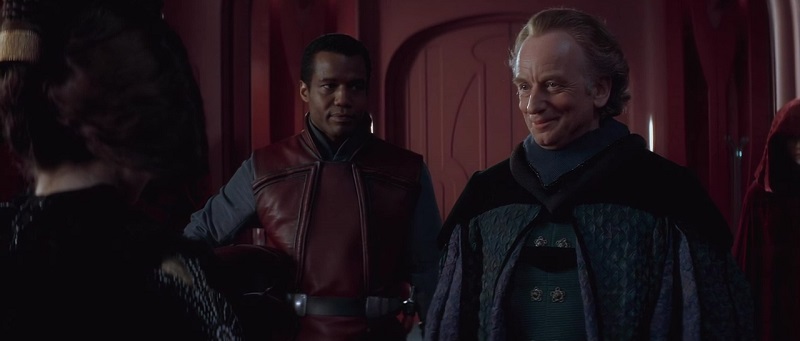If you think that Emperor Palpatine’s greatest weapon is the lightning he can fire from his fingertips, you’re wrong. If you think it’s his Death Stars, or his legions of faceless stormtroopers, you’re wrong. If you think it’s his compromised, captive Chosen One, that’s also not quite right. The greatest weapon wielded by Darth Sidious is narrative, or to be more precise, the narrative.
To celebrate the anniversary of the first (story-chronological) installment of the Skywalker saga, I looked at how The Phantom Menace presents Darth Sidious at his most brilliant and cruel, as he fashions a frustrating and dysfunctional narrative for the heroes to be locked in, a conflict that they cannot understand or comprehend but must fight in anyway. The spectacular, multi-story conclusion to that film is nothing but a byproduct for the villain, who has already achieved his objective by the end of the second act.
As we now careen towards the conclusion of the Skywalker saga with the impending release of The Rise of Skywalker and the apparent return of Darth Sidious in some form, it is worth looking at how the Emperor operates, what his modus operandi is, and how that has not only affected but in some ways controlled the direction of this epic tale, including the sequels so far that he has (seemingly) not had a hand in.
Read More




